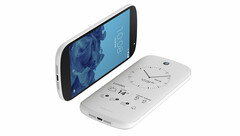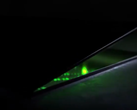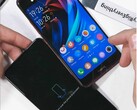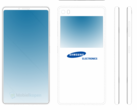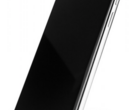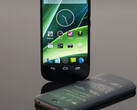Yota had initially attracted some attention when it released its first YotaPhone in 2012. This was due to its interesting early-doors approach to the dual-display device. The main selling point here had been to make secondary displays using e-ink, thus saving on battery life. However, this concept was not enough to save the company in question in the end: it has officially declared bankruptcy in its original jurisdiction, the Cayman Islands, this month (April 2019).
The company has accordingly wound up its operations, and has acquired the firm FTI Consulting as a liquidator. This announcement has been a long time in coming: Yota's last, 3rd-generation device, was released in 2017 and remains stuck on Android 7.1.1. (Nougat). In addition, details on official support for those who still own these devices is thin on the ground.
It is ironic that the dual-screen design did not work out for Yota in the end, as a few other OEMs have taken the concept and run with it in 2019. The resurrection of the idea has resulted in the Nubia X, as well as the second-generation Vivo Nex. However, unlike YotaPhones, both phones offer full-color and near-full-size displays on both sides. They have been perceived as intriguing alternatives to the smartphone notch in the markets in which they have been released.


 Deutsch
Deutsch English
English Español
Español Français
Français Italiano
Italiano Nederlands
Nederlands Polski
Polski Português
Português Русский
Русский Türkçe
Türkçe Svenska
Svenska Chinese
Chinese Magyar
Magyar